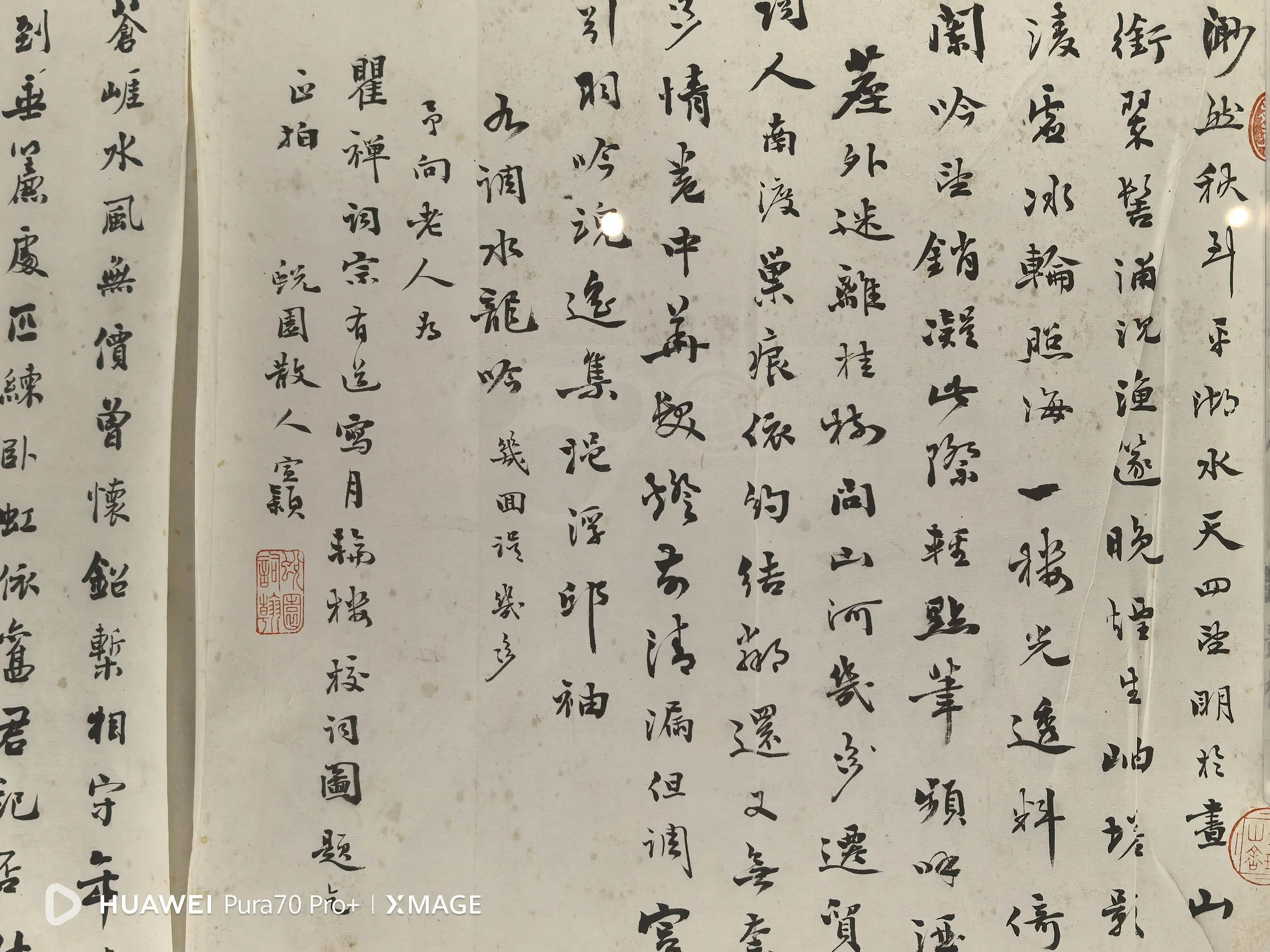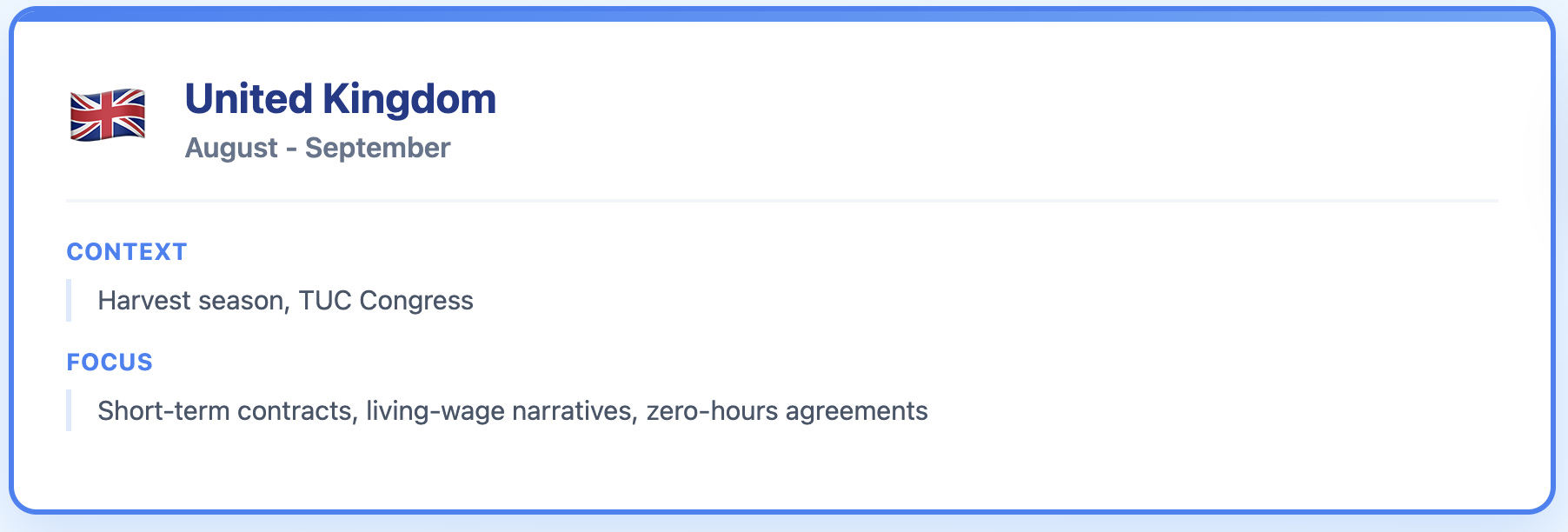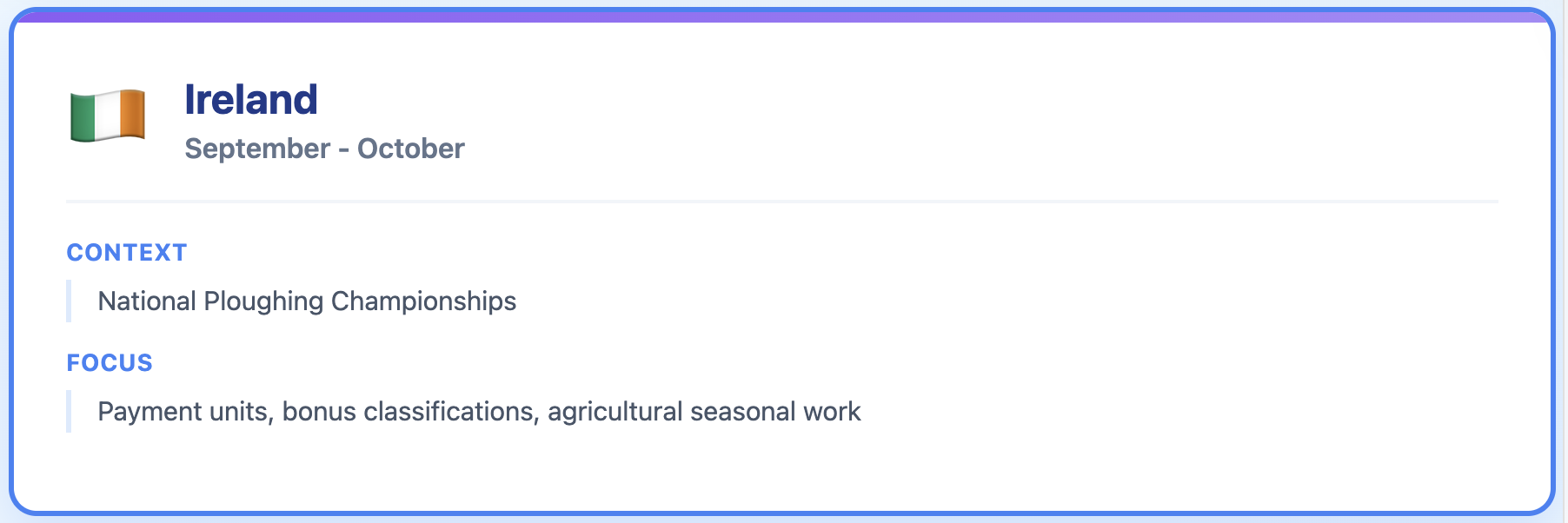
SeeSALT-Babel | 巴别计划
Cracking the Cultural Codes of Gender-Based Pay Data
Part of SEESALT Adaptation Lab (世应实验室) by our Gender Economics Consultant, Yanbing Pan, Macalester College Class of 2026
Contact Yanbing for More Program Details. ypan2@macalester.edu

The BABEL Problem
When a Ghanaian market vendor receives "dash" from grateful customers, is that income?
When a Maltese worker gets COLA adjustments, how does that factor into the gender pay gap?
When a Chilean agricultural worker receives bonuses during vendimia, how do we measure that against a UK living wage?
These aren't just translation problems—they're windows into how measurement failure perpetuates inequality.
Gender pay gap data swings wildly across countries not because reality shifts that much, but because our standardized instruments misfire across cultures. We force diverse economic realities into identical survey boxes, then wonder why women's economic contributions remain invisible in the data.
The Tower of Babel story is about the hubris of assuming universal standardization. SeeSALT-Babel does the inverse: rather than imposing one measurement language on all cultures, we learn how different communities speak about compensation and build translation bridges that preserve meaning.
The lesson from Babel Tower still echoes- "grasping distinctions." To measure truly, we must first understand what makes each place distinct.
Like Pentecost reversed Babel's confusion—everyone heard in their own tongue while meaning was preserved—our project creates measurement that speaks each culture's economic language while enabling cross-cultural understanding.

Our Mission
SeeSALT-Babel is a twelve-month cross-country investigation into what happens when standardized survey tools attempt to measure gender pay gaps across nations. We work as methodological detectives—mapping the cultural codes behind measurement failures, surfacing overlooked locally-rooted challenges, and designing fixes that travel while respecting what makes each place distinct.
Core Question: How do biases in measuring the gender pay gap in online surveys vary across countries, and what institutional and cultural mechanisms underpin them?
Guiding Principle: Comparability shouldn't come from forcing countries into the same mold, but from learning which differences shape how people understand and report their pay.

Methodology: Diagnose → Inquire → Improve → Extract
Phase 1: Diagnose (Week 1)
Run diagnostic sweeps comparing WageIndicator data to national benchmarks:
Compute Oaxaca-Blinder decompositions with counterfactual variants
Identify who drops from data, where earnings bend from plausible bounds
Flag which pay components are persistently misread
Map measurement slippage to cultural misreadings
Phase 2: Inquire (Weeks 2-3)
Cognitive Interviews with Think-Aloud Protocol: Sit beside respondents as they navigate questionnaires, voicing what each question means.
"What does this item suggest to you?"
"How do you decide whether this counts as a bonus?"
"In Ghana: Is 'dash' gratitude, compensation, or obligation?"
In-Depth Conversations: Open dialogue about how money flows from employer to pocket to household—attending to what's hard to name, what remains unsaid, what deserves disclosure.
Phase 3: Improve (Week 4)
Rapid Experiments: Test alternative phrasings—"monthly salary" vs. "how much did you receive last month?"
Low-Tech Prototypes:
Calculators for daily wages (Ghana)
Illustrated income brackets (Rwanda)
Dual-currency fields (Mexico)
Seasonal adjustment tools (Malta, Chile)
Reciprocity Check: Help participants calculate overtime due, clarify bonus eligibility, decode payslip components—ensuring research creates direct benefit.
Phase 4: Extract
Cross-Country Meta-Analysis: Build a minimal framework that travels with light local plug-ins. Keep core concepts stable, allow local expression, map equivalences into living glossary.

Seven Countries, Twelve Months

What Each Country Reveals
UK/Ireland: Even in "standard" Western contexts, payment complexity (gig economy, zero-hours) challenges instruments
Malta: High multi-job prevalence, intense seasonality, small population making anonymity concerns acute
Ghana: 85% informal economy—what counts as "employment"? How do people categorize cash flows that blur gift, wage, and obligation?
Rwanda: How do concepts translate across Kinyarwanda, French, English when each language carries different economic assumptions?
Chile: Formal structures with high seasonal variation—testing whether strong institutions enable or obscure accurate reporting
Mexico: Dual-currency livelihoods, remittance flows, workers navigating two labor markets simultaneously

Deliverables
Per Country:
Diagnostic Brief - Identifying measurement risks specific to context
Marked-Up Questionnaire - Line-level changes with cultural justifications
Cultural Brief - "How pay is talked about here"

Theoretical Contribution: Precise Fuzziness
Orthodox Approach: Prioritize standardization → force uniform categories → pretend comparability
SeeSALT-Babel Approach: Acknowledge plurality → document limits of comparison → build honest comparability
Core Insight: In a plural world, true comparability requires documenting the limits of comparison rather than pretending them away. We measure not just the gap, but the confidence with which we can measure it.
Impact Pathways
For National Statistics Offices:
Cultural briefs help refine domestic instruments while maintaining international comparability.
For Advocacy Groups:
Documentation of who gets missed by standard measures strengthens arguments for inclusive data collection.
For Academic Research:
Open data and methodology for replication studies. "Precise fuzziness" as new framework for cross-cultural measurement.
Why This Matters
Better measurement enables better policy.
The current gender pay gap may be 31.2% globally, but that's only counting formal employment. When we properly measure informal sector contributions, unpaid care work, seasonal agricultural labor, multi-job livelihoods, and cultural payment forms (dash, propinas, aguinaldo), the true economic picture changes dramatically—and so do the interventions needed.
Data: United Nations, Security Council. Report of the Secretary-General on the situation of women and girls affected by armed conflict, forced displacement, and COVID-19 in 2020. S/2021/312. March 30, 2021. https://docs.un.org/en/S/2021/312.

Research Leadership
Principal Investigator: Yanbing "Phoebe" Pan
Watson Fellowship | Harris School of Public Policy | Macalester College
In Partnership With:
SEESALT Adaptation Lab (世应实验室)
UChicago Harris School Alumni Network
Open Source Commitment
All materials released as open-source digital public goods:
GitHub Repository: Diagnostic scripts, questionnaire templates
Living Glossary: Payment term equivalences across languages
Handbook: "Precise Fuzziness: Honest Cross-Cultural Measurement"
Policy Briefs: Tailored to each country's statistics office
Academic Publications: Methodology journals, labor economics conferences
SeeSALT-Babel | 巴别计划
Part of SEESALT Adaptation Lab (世应实验室)














